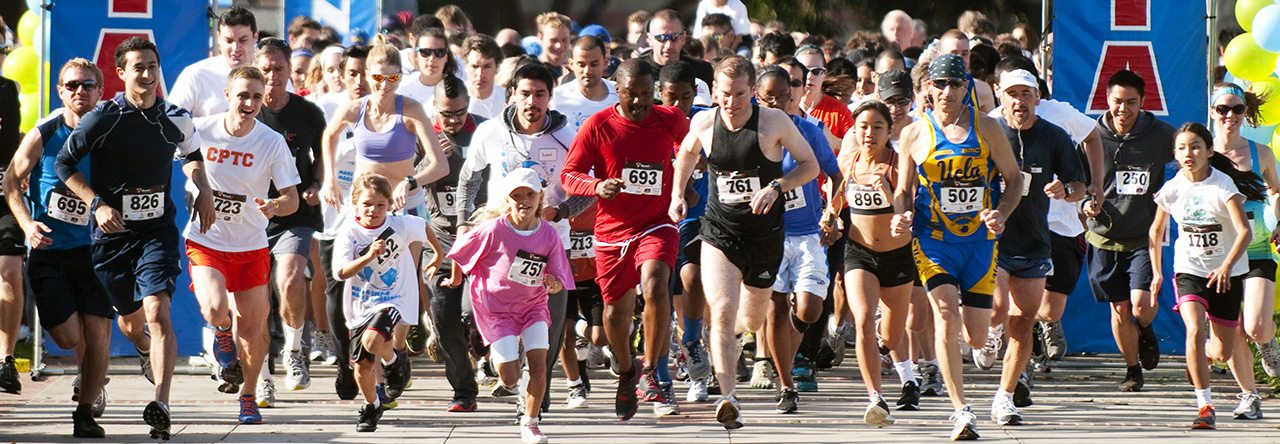I survived!!!
Okay, so it actually wasn’t all that big of a deal. The first couple of days were kind of tricky, but that was on us. We hadn’t really planned it out too well leading into the vegan way of life. However, after we had things figured out it, we found it pretty easy to do. And pretty tasty too.
Tofu is the chicken of the vegan world. It doesn’t have much flavor until you season it. And it’s a great source of protein. And if tofu is the chicken of the vegan world, then tempeh (fermented soybeans) is the ground beef of the vegan world. And it’s heartier than tofu so it works in other dishes where tofu would not. And then there is seitan (pronounced say-tan) which touts itself as the ultimate “meat” substitute. And while I admit that I enjoyed this wheat protein, I didn’t feel it really lived up to its name. And since most of the questions I received were in reference to protein (in that, where did you get it from?), here is a list of the sources of protein we ate. And yes, we got plenty of it.
- Tofu (love it’s versatility)
- Tempeh
- Seitan
- Ezekiel bread
- Nuts, nut butters, seeds
- Edamame
- Soybeans (roasted these are an awesome snack)
- Chickpeas/hummus
- Beans (we had a LOT of beans)
- VEGA vegan protein powder (my post workout shake)
There are others that contributed in a smaller way, but these were the big ones.
What I noticed and my final takeaways:
- It’s best to ease into this slowly. The increase in fiber is larger than you think and we um…. noticed. Things settled down after the first week though.
- If you plan this out, it’s no big deal. This includes social situations. You learn after a bit what you like, what’s easy to make, etc. Just not all that hard.
- You’ll likely save money. Meat is expensive, man. Beans aren’t.
- It’s (probably) healthier than your current diet. We ate tons of varieties of fruits and vegetables and even found myself eating fruit and nuts for snacks and absolutely loving baked carrots. Perfect snack.
- You eat more cheese than you think you do. We are cutting way, way back on this moving forward.
- It’s easier to get your protein than you would think. See above.
- The recipes we made were almost all really, really good. We will continue to make them.
- We did miss traditional pizza, but did find ways around it. Shout out to WB pizza here in Indianapolis for their creative ways of making vegan pizza really tasty.
- You’ll lose weight…. maybe….
Which leads me to the title of this post. Yes, I did lose 7 lbs in 30 days. Man, that sounds like a headline you’d read on a magazine cover of Cosmopolitan doesn’t it? But it’s true. Here’s the kicker though. I intentionally lost weight. This really ended up being a timing issue. Coincidentally, October 1st not only marked the end of our month of veganism, but it also marked the day of an Olympic distance triathlon I had signed up for a while back. And to prepare for the race, I wanted to get back to what I feel is my best “race weight”. I could have, and would have, lost the weight on any diet really. I simply cut back on calories (mostly from fat as I kept carbs high for training purposes) while simultaneously running, biking, swimming, and lifting weights each week. With the triathlon over (whew), it’s highly likely I’ll creep back up 3-4 lbs…. and that’s okay. Or maybe I’ll stay keen on what I’m taking in and it will stay down. And if you’re wondering how this weight loss was determined, I weighed in on my super cool scale here at my office on day 1 and weighed out on September 30th. Starting weight was 168.6 lbs and final weight was 161.4 lbs. And for the record, I weighed in today at 163.4 (scale tells me thats almost all water though).
Final thoughts here: Megan enjoyed it so much that she is done eating meat. However she will still on occasion eat seafood. This technically makes her pescatarian, or a vegetarian who still eats fish. As for me, I will eat meat again, however it’s pretty clear that I will be eating quite a bit less, and that’s fine with me. The biggest change back from being vegan will be my addition of cottage cheese, eggs, and Greek yogurt. And speaking of eggs, I picked up a carton at the store yesterday… and proceeded to make my tofu/bell pepper/onion/bean breakfast. It’s really good I promise.
At the end of the day, it wasn’t bad at all and I enjoyed many parts of it. I’ll keep many of the pieces I picked up during my time as a vegan and carry them with me moving forward. And I think that’s a good thing.
What do you think?


